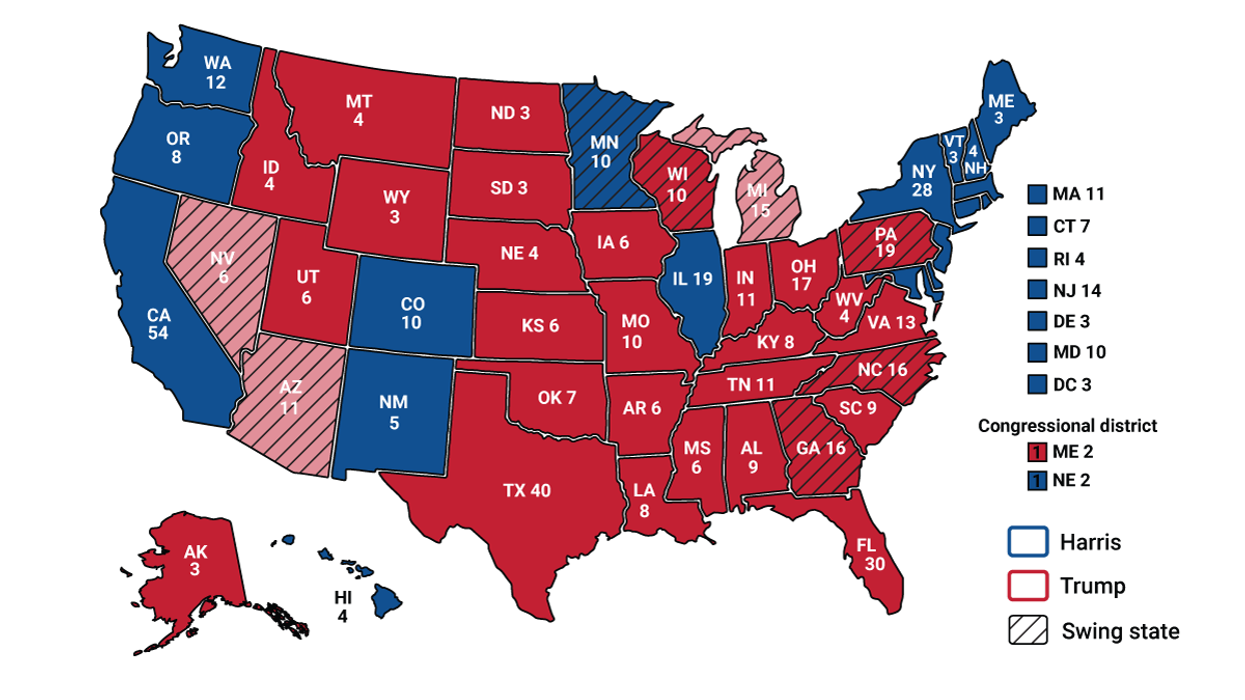Months of fighting between Hamas and Israeli forces have resulted in a mounting death toll in Gaza. Most news outlets have relied upon the Hamas-run Gaza Health Ministry for casualty figures, which show roughly 35,000 dead, but there have been questions about accuracy. The United Nations Office for the Coordination of Humanitarian Affairs, or OCHA, recently offered a new breakdown of the death toll — based on health ministry numbers — that aimed to paint a clearer picture of how many of those killed have been identified.
But rather than provide clarity, the new numbers have led to a wave of confusion and misleading claims. By focusing on those killed who have been identified, the UN agency appeared to report a lower number of women and children killed than in previous reports.
UN tries to clarify. The UN is now playing cleanup, maintaining that the overall death toll has not changed and is roughly 35,000. What’s changed, it says, is that nearly 25,000 bodies have been “fully identified,” and more than half are women and children. In other words, approximately 10,000 bodies are unidentified — and thousands of people, many of them women and children, are still missing under the rubble.
The confusion is indicative of the extraordinarily difficult — and often politicized — process of tallying war deaths.
But it is also sowing distrust. The Jewish state’s top diplomat pointed to the update as evidence that the Hamas-run Gaza Health Ministry’s numbers, which the UN largely relies on for its figures, cannot be trusted.
“Anyone who relies on fake data from a terrorist organization in order to promote blood libels against Israel is antisemitic and supports terrorism,” Israel Katz, the Israeli foreign minister, tweeted Monday.
Part of the process. Death tolls from conflicts and other fatal events are routinely revised as more information is gathered: After the Oct. 7 Hamas attack, for example, Israel initially reported that around 1,400 Israelis were killed. The Israeli government has since revised that to around 1,200.
Accurately tallying how many people have been killed in an active war zone is notoriously difficult, and fully identifying all of the dead can take decades. In March, for example, a US sailor killed in the attack on Pearl Harbor, was finally identified over 80 years later.
Looking at it another way, WHO spokesperson Christian Lindmeier said that the fact that 25,000 people have now been identified, is actually “a step forward.”
So can the Gaza Health Ministry numbers be trusted? Israel has repeatedly claimed that the death toll reported by the health ministry is manipulated. Skeptics of the numbers also take issue with the fact that it doesn’t differentiate between civilians and combatants.
But top humanitarian organizations and leading experts say that the numbers from the health ministry have historically proven reliable. The ministry’s tally is largely calculated via hospital records, and it releases casualty updates every couple of hours. Though the Israeli government has publicly cast doubt on the veracity of the health ministry’s estimates, Israeli intelligence services have also reportedly concluded that the figures are generally accurate.
The WHO on Tuesday also said it remained confident in the overall figures from Gaza’s health ministry, stating that there’s “nothing wrong with the data.”



















